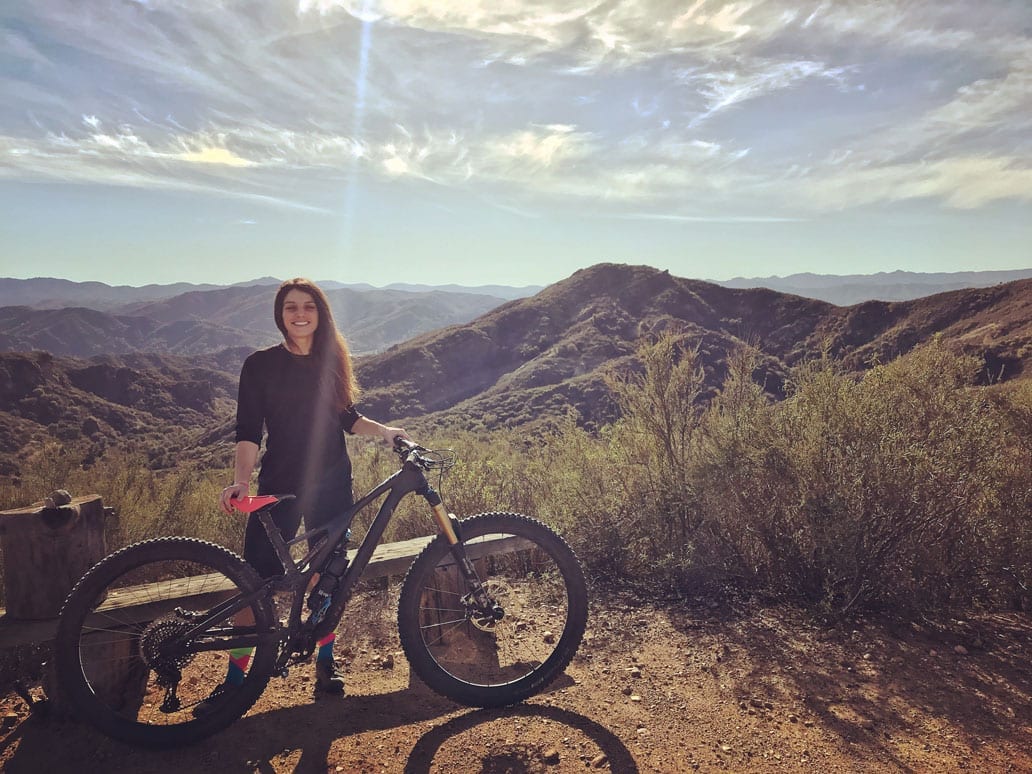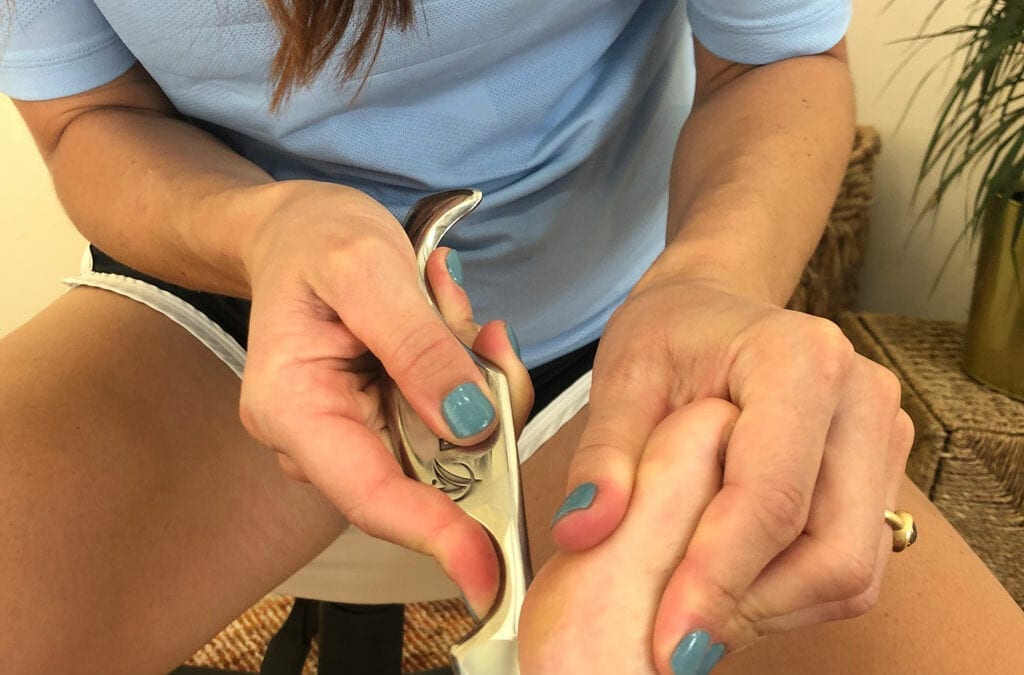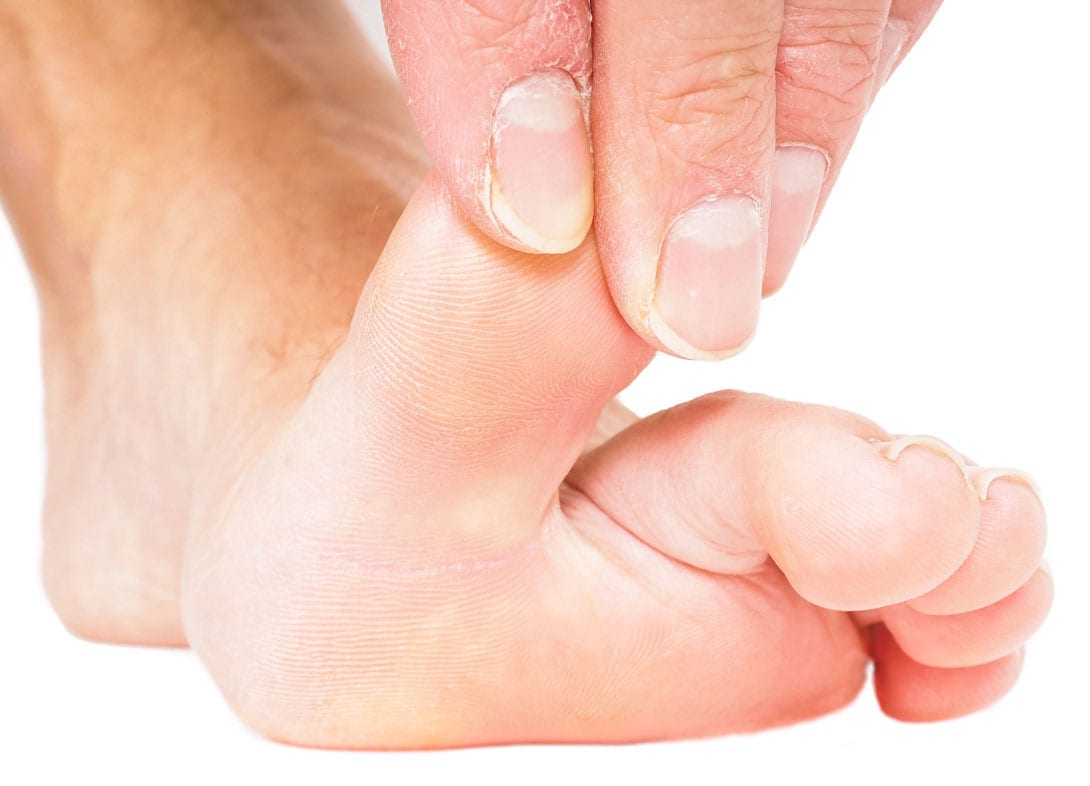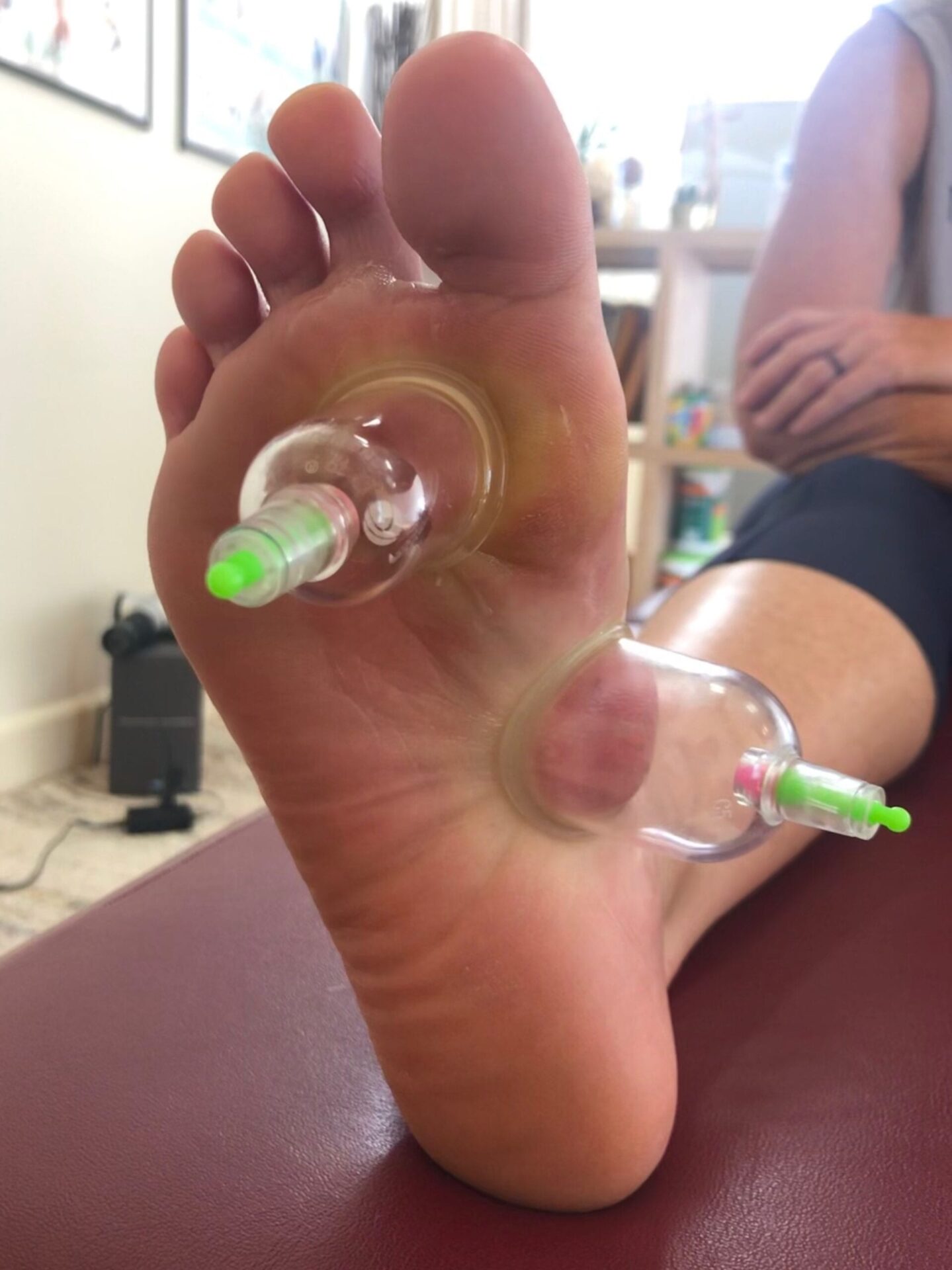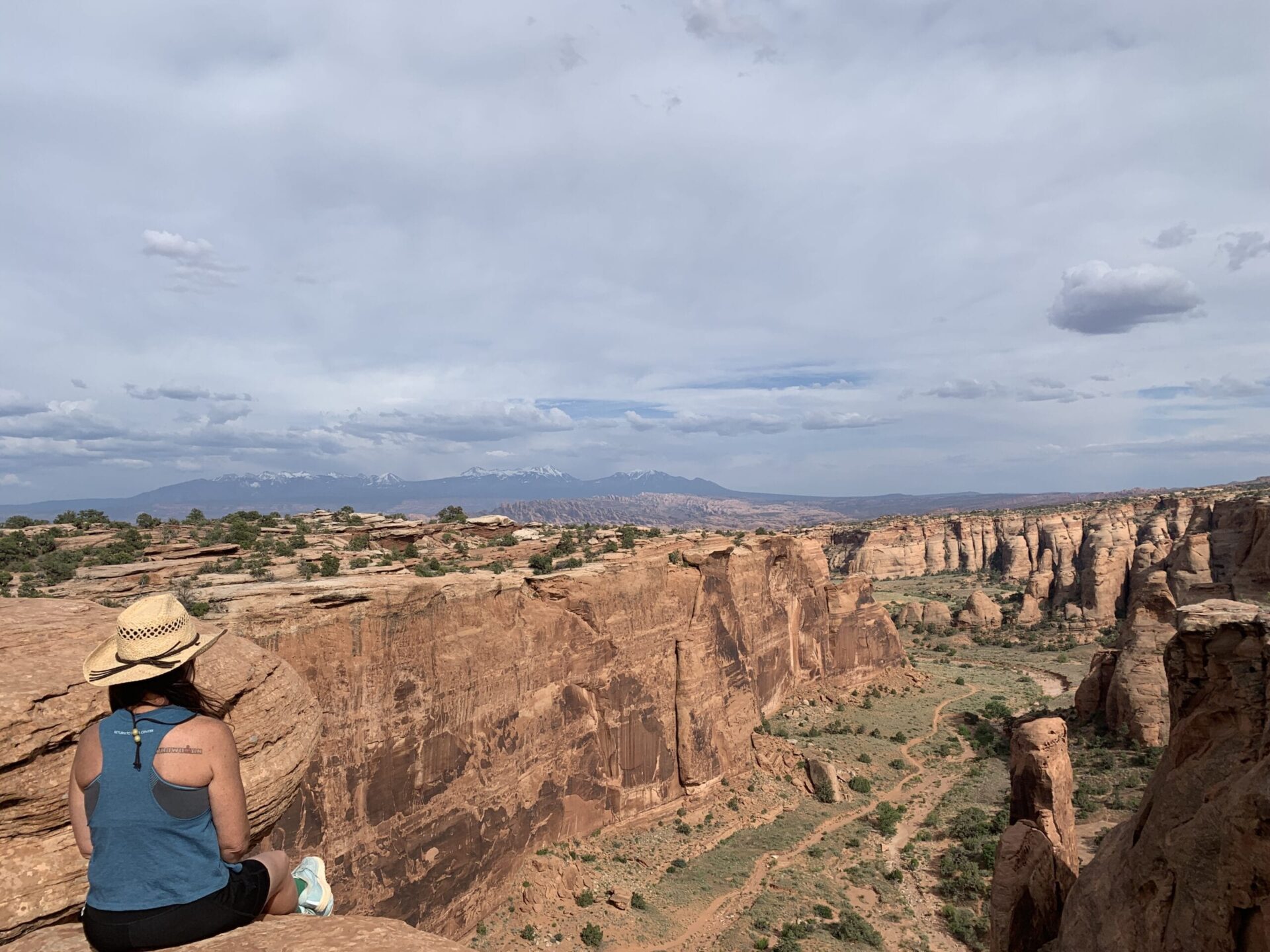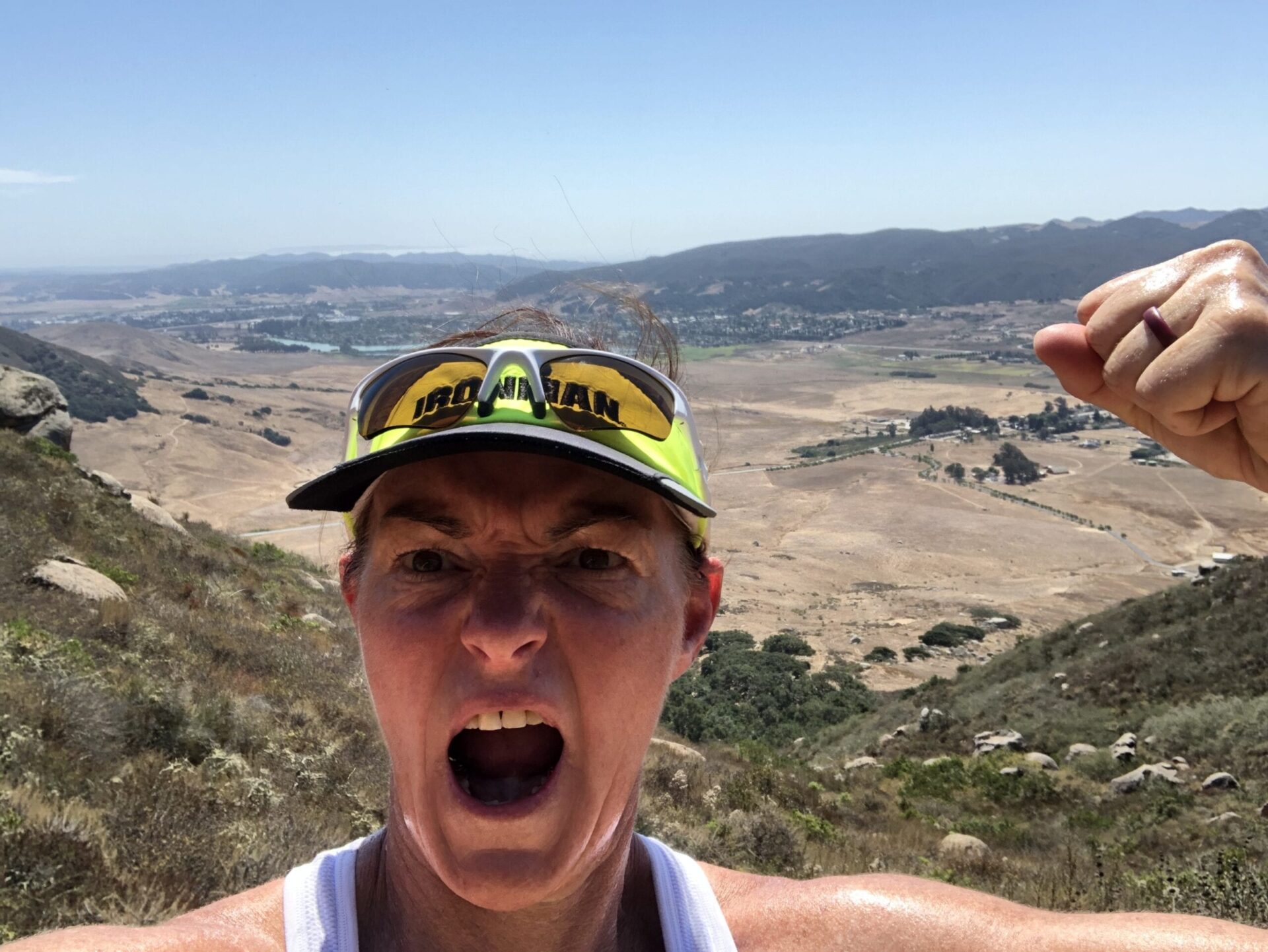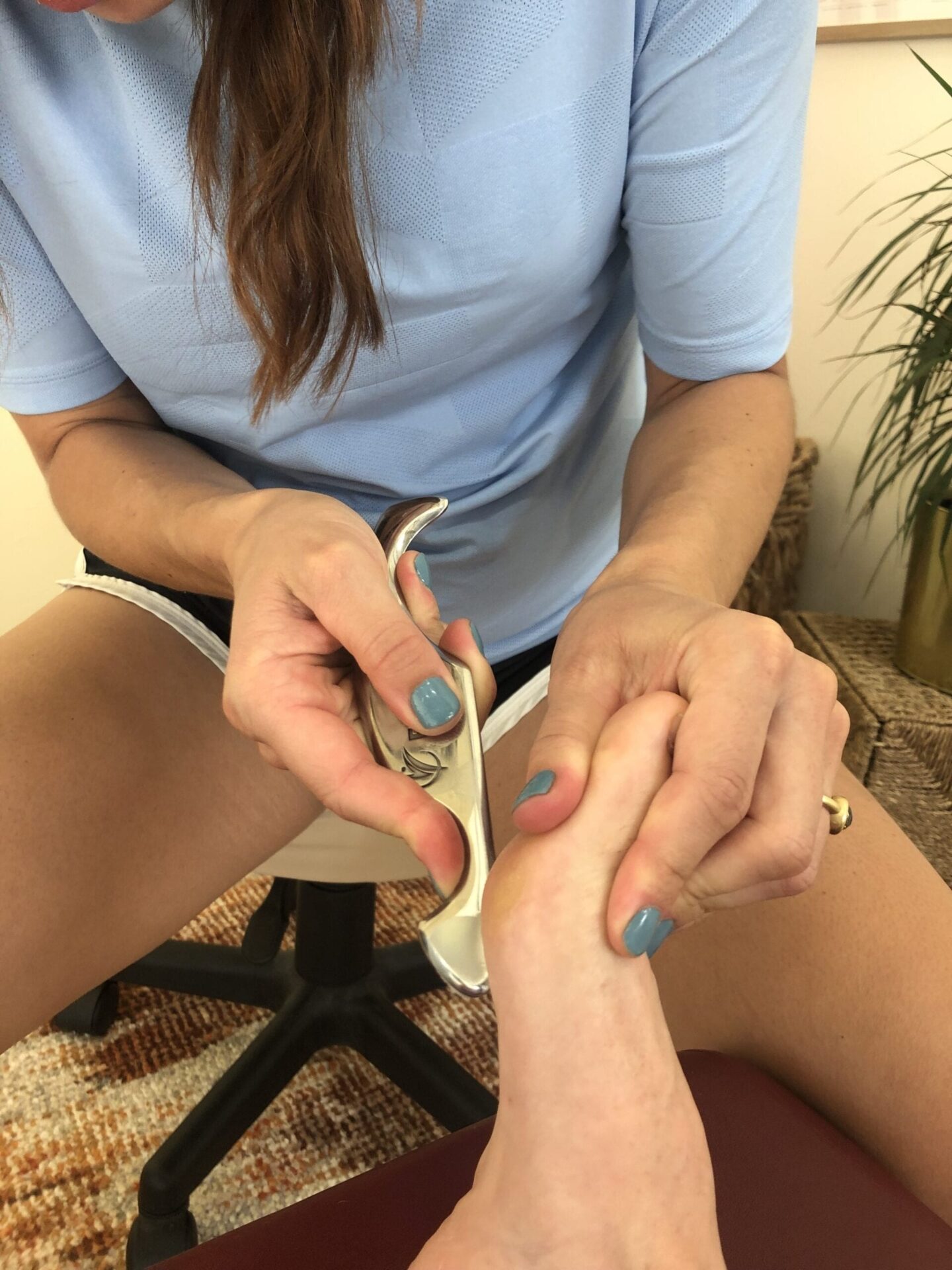
by Alexandra Andersson, Non-Traditional Doctor of Chiropractic and Human Movement Specialist
Do you know what the most underrated joint in a runner’s body is?
Often when I ask this I get a quizzical look in return, shortly followed by, ‘Well, yeah, the hips are the most important, right?” or “Well, you have to have good knees…” or sometimes even “The ankles?”
While all of these are certainly important, we rarely underrate any of those (well, maybe the ankles). Many runners regularly invest time in stretching, taping, foam rolling and even taking a lacrosse ball to the muscles surrounding these areas in order to keep the tissues supple and happy.
However, there’s a little tiny joint that receives impact before any of the aforementioned joints – actually, there’s two. One is obvious; the other, not so much but crucial to understand if you want to be a runner for years to come.
The first and more obvious one is the first metatarsophalangeal joint. Huh?! Ok, this joint more easily recognized as the main joint of your big toe.
Functional mobility of the big toe is critical to healthy movement and gait. When our big toe lacks the ability to dorsiflex, think toes to shin, we have to compensate around it. Meaning we are compensating at the push off of our gait cycle – where the greatest amount of force is being produced!
If our great toe isn’t mobile enough, everytime we are pushing from our toes to take our next step, we are experiencing dysfunctional movement. And not just dysfunctional movement, but dysfunctional movement under physical high stress.
When we run, each time we land into a step, we capture 3-4x the force of our body weight. But when we push off our toes at the end of that step, we release 6-7x the force of our body weight. Meaning, if everything is working properly, we are actually releasing more energy than we are capturing. However, if we have something like a dysfunctional big toe joint, then we might be capturing more energy than we are releasing causing excessive force to be sent through our feet, ankles, lower legs, knees, hips and even low back.
And this happens over and over with every step, meaning, we are experiencing A LOT of stress at a very small joint, and beyond. So, if we want to avoid repetitive use injuries, we must make sure the big toe is working like a big toe should!
Additionally, limited mobility at the great toe is actually well correlated with gluteal amnesia – aka your glutes are “not turning on” (a term I personally don’t like using because for a muscle to truly not turn on would require complete severance of a major nerve but I digress…) or “being lazy”. However, in reality, often times it may be as simple as the fact that your glutes are not receiving the signal that they need to work at full capacity.
So maybe you’ve been training or rehabbing your glutes and getting frustrated because you’re not seeing much progress. But maybe that’s because it’s not a glute problem! Maybe it’s a foot problem and the glutes are behaving as a dysfunctional by-product.
Or maybe you think you have “bad knees” because they hurt when you run (and you might truly have bad knees as a result of a lot of mechanical micro or macro trauma over your lifetime) but more often than not I see people with “bad” ankles and feet. Meaning ankles and feet that aren’t doing their job and as a result the knee is taking up the slack and can only do so for so long before it starts crying out for help.
When it comes to overuse injuries, it’s important to remember three things: (1) pain doesn’t always show up at the site of dysfunction (2) pain rarely shows up early on – usually it takes time, sometimes A LOT of time, to create enough microtrauma and inflammation for pain to occur and (3) pain is a signal produced by your brain to bring attention that something is mechanically going wrong somewhere, but not necessarily at the site of pain, and needs to be addressed.
So, how much dorsiflexion do you need at the great toe?
To be a functional human being, you need a minimum of 30 degrees but to be a safe and effective runner with a long career, ideal is actually in the range of 65-75 degrees.
However, there’s a catch! In order for the great toe to work properly, another joint must first be in good working order. And that’s the less obvious, extremely underrated first metatarsocuneiform joint – or what we will call The First Ray.
The First Ray is located about halfway up the foot, between the first metatarsal and the medial cuneiform – essentially at the apex of the inner arch of your foot. If you start at the toenail of your big toe and trace a straight line with your finger about halfway up your foot, you should land in the general area.
The First Ray must be able to freely move up and down and also have adequate stability. If the First Ray can do both of those things, move up and down and also stabilize, then your great toe can work properly. However, if your First Ray cannot do those things, you can work on your great toe mobility all day long (and sometimes even the glutes, too) and it’s going to be a very frustrating process because the primarily dysfunction is not being addressed.
But before we wrap up, we have to come back round full circle. If at the beginning of this article you thought the ankle was the most underrated joint in a runner’s body, you weren’t very far off. In order for the First Ray to function properly, the ankle has to function properly! Particularly, the ankle has to have adequate dorsiflexion (toes to shin motion).
So, the function of the main joint of the big toe relies on the function of the First Ray and the function of the First Ray relies on the function of the ankle.
If acquiring the skill set of being an efficient, effective and injury-free runner is more nuanced than you initially thought prior to finding an addiction to the sport, you’re not alone! Running is a skill that requires a lot of nuanced attention to how well each and every joint in your body is working. Some have more impact on the outcome that others (ahem, feet and ankles!) but running is truly a full-body sport. To have a long, uninterrupted running career, it requires most people (read: probably you) to go beyond simply stretching and foam rolling. It requires you to figure out which joints aren’t functioning like they should and retrain the brain to body connection so that those joints function like they should so that you can continue to do the things that you love to do. A joint-by-joint evaluation by a manual therapist who specializes in movement and injury prevention doesn’t hurt either 😉
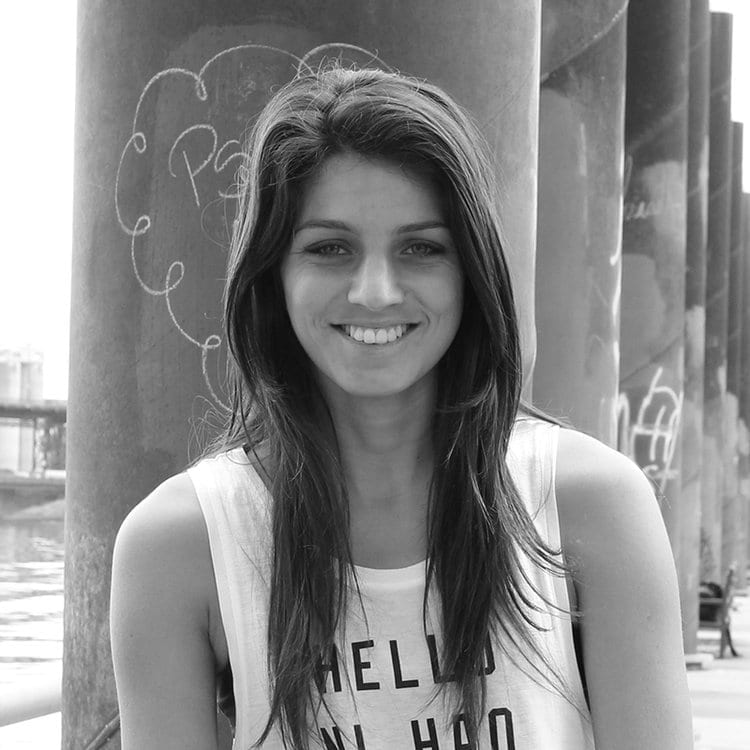
DR. ALEXANDRA ANDERSSON
Functional Mobility Specialist and a Non-Traditional Doctor of Chiropractic + Human Movement
I am driven by an unquenchable thirst and enthusiasm for not just learning but for also putting my knowledge to the test through practical application and figuring out ways to make it even more effective. Each morning I wake up feeling so lucky that I get to help people better understand their bodies through solving problems and removing obstacles that may be preventing them from living their best life.
Prior to starting ALTA Health + Performance, I worked at the Apple Wellness Center at Headquarters in Cupertino. I also worked at a renowned Sports Rehabilitation Chiropractic Clinic in the Silicon Valley. My style is heavily influenced by Dr. Andreo Spina’s Functional Range Conditioning and Physiotherapist Pavel Kolar’s Dynamic Neuromuscular Stabilization Principles. I am also fascinated by the intricacies of gut health and how it is expressed through the rest of the body.
When not at ALTA, I am mostly known for my love of mountain biking, resistance training, adventure seeking, road-trips, podcasts, horses, wood-fired pizza and coffee!
